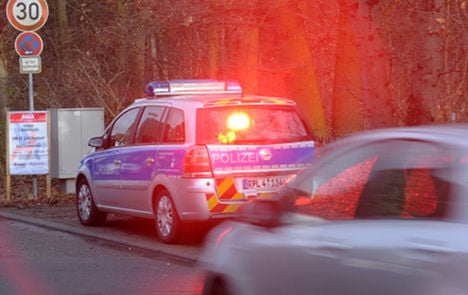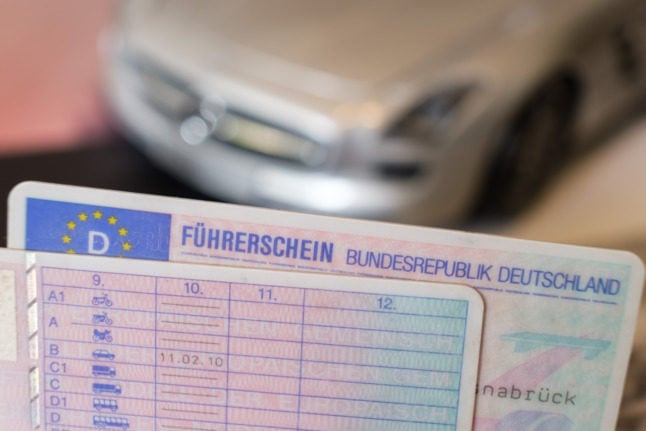As of the start of this year more than seven million men had points on their licences as opposed to just two million women, figures from the Flensburg-based Federal Motor Transport Authority (KBA) revealed. Of those who have any points, 22 percent were women, 78 percent men.
President of the KBA Ekhard Zinke presented the report on Monday, saying that “two thirds of registered people only have a few points.” This meant that 6.5 million people had just between one and seven points.
More than 470,000 people had between eight and 17 points – and of these just ten percent were women. This did not mean, Zinke said, that women were necessarily better drivers than men, and warned against interpreting the figures either way.
The KBA did not, Zinke explained, keep a record of how long the offender had been driving for, nor how often and how far they tended to drive.
Speeding was the top offence for women and men, of whom 1.126 million and 4.021 million respectively had points for going too fast.
The second source of points for women drivers was failing to give right of way – 226,000 to be precise. This was followed by drink driving, which earned 170,000 women points.
For men this was the other way around with 1.234 million being caught drunk at the wheel and getting points. Failing to give way landed 611,000 male drivers points.
The number of people drink driving was, the KBA, dropping each year but those caught driving while under the influence of drugs had gone up. In 2012, 31,600 people were caught “drug-driving” compared with 30,400 the year before.
DPA/The Local/jcw



 Please whitelist us to continue reading.
Please whitelist us to continue reading.
Member comments